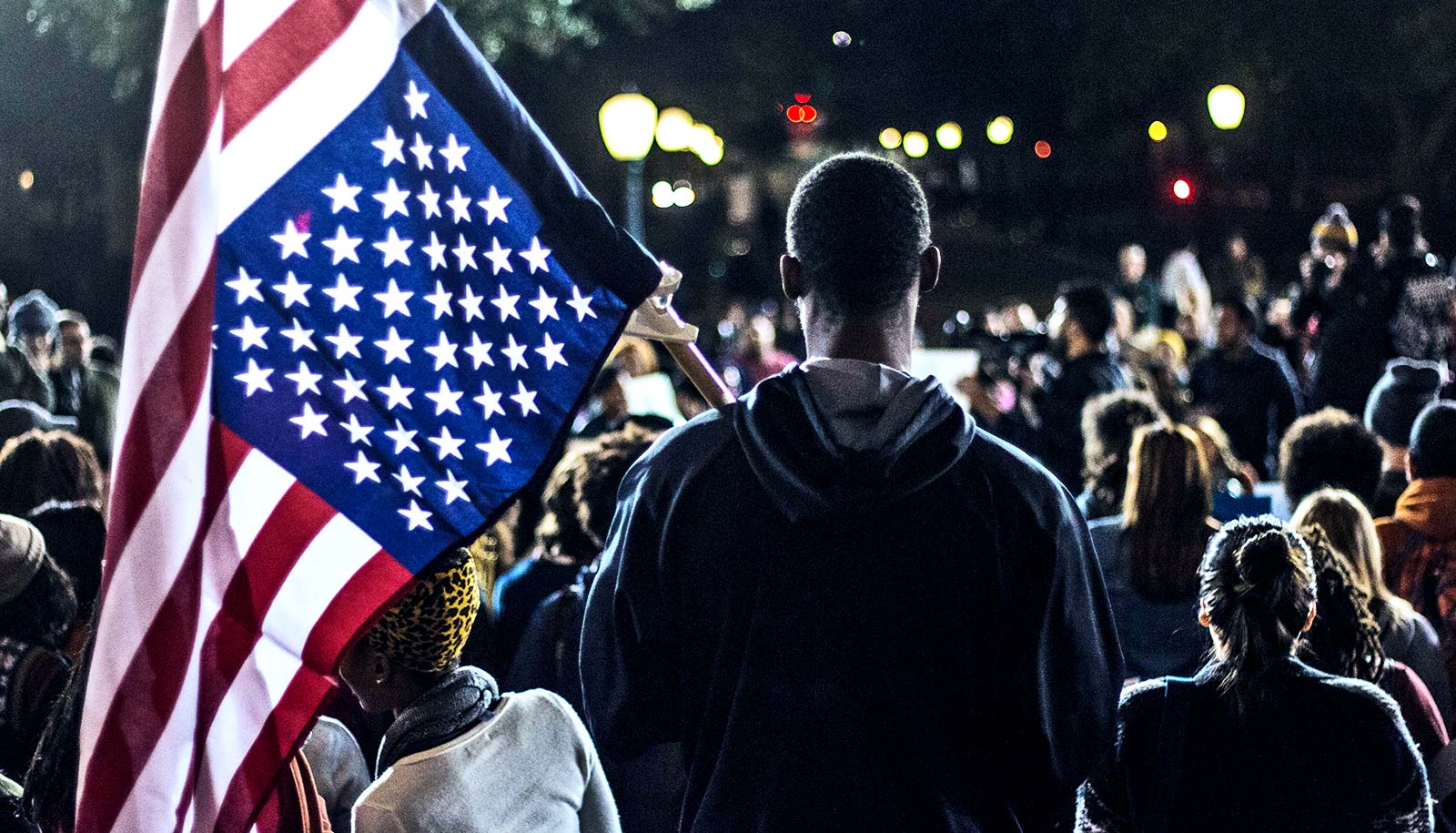Young people’s recognition of songs from the 1960s through the 1990s is relatively stable over this 40-year period, report researchers.
By contrast, their recognition of musical hits from 2000 to 2015, while higher overall than the previous era, diminishes rapidly over time.
“The 1960s to 1990s was a special time in music, reflected by a steady recognition of pieces of that era—even by today’s millennials,” observes Pascal Wallisch, a clinical assistant professor in New York University’s psychology department and the senior author of the study in PLOS ONE.
Popular songs
While the researchers did not identify what explained the stable level of recognition for songs from the 1960s through the 1990s, they note that during this period there was a significantly greater diversity of songs reaching the top of the Billboard charts compared to 2000 to 2015 and 1940 to 1950. The large number of popular songs during the latter part of the 20th century may explain why so many are recognizable decades later.
The authors acknowledge, however, that the findings could be the result of self-selection: there was a considerable correlation between the likelihood of recognizing a given song and its corresponding play count on Spotify, which they also measured. Yet, this result nonetheless underscores the popularity of certain songs from the 1960s through the end of the 20th century.
“Spotify was launched in 2008, well after nearly 90 percent of the songs we studied were released, which indicates millennials are aware of the music that, in general, preceded their lives and are nonetheless choosing to listen to it,” observes Wallisch.
But Wallisch and his colleagues emphasize that recognition of songs even from this period varies. Some were extremely well known, such as “When A Man Loves A Woman” by Percy Sledge (1966), “Baby Come Back” by Player (1977), and “The Tide is High” by Blondie (1980), whereas others, like “Knock Three Times” by Dawn (1970), “I’m Sorry” by John Denver (1975), and “Truly” by Lionel Richie (1982), are all but forgotten.
In selecting songs for their study, the researchers included those that reached the number one spot on the Billboard “Top 100” between the years 1940 and 1957 and number one on the Billboard “Hot 100” from 1958 to 2015.
Collective musical memory
The study’s 643 participants included NYU students as well as others from the greater New York metropolitan area (the findings showed no statistical differences between the NYU and non-NYU groups). The sample was largely of young participants, with a mean age of 21.3 years and a median age of 20 years. The majority (88 percent) of this sample were between the ages of 18 and 25.
Researchers presented each participant with a random selection of seven out of the 152 songs in the sample, asked them to listen to the selection, and told them to report whether they recognized it.
Participants listened to 5-, 10-, and 15-second excerpts deemed to be representative by a consensus panel of seven practicing musicians and professors of music theory and composition; these excerpts often contained a highly recognizable “lick”—a unique and often repeated pattern of notes played by a single instrument—of each song.
In response to hearing each song, participants indicated whether they recognized it. The researchers then plotted the recognition proportion for each song as a function of the year during which it reached peak popularity.
The results reveal three distinct phases in collective memory.
- The first phase showed a steep linear drop-off in recognition for the music from this millennium, steadily declining, year by year, from 2015 to 2000;
- the second phase was marked by a stable plateau from the 1960s to the 1990s, with no notable decline during this 40-year period;
- and the third phase, similar to the first phase, was characterized by a more gradual drop-off during the 1940s and 1950s.
Source: New York University



